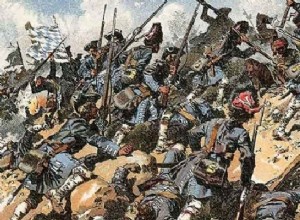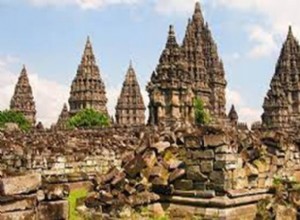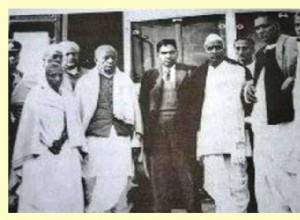In 1695, taking advantage of the empires involvement in the war against France, the new Ottoman Sultan Mustafa gathered large forces and attacked the imperial forces in Hungary. The Sultan with 50,000 men defeated the 8,000 imperial soldiers of General Veterani at the Battle of Lugos (September 20,




